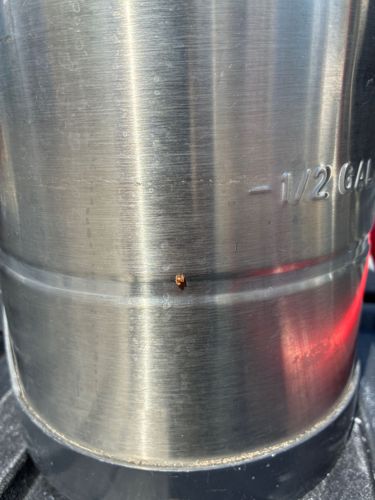Confused Flour Beetle
Scientific Name: Tribolium confusum
Order & Family: Order: Coleoptera, Family: Tenebrionidae
Size: Adults are typically 3.5 to 4.5 mm (approximately 0.14 to 0.18 inches) long.

Natural Habitat
Confused flour beetles are cosmopolitan pests, found worldwide in places where dry food products are stored or manufactured, such as pantries, kitchens, grocery stores, food processing plants, and warehouses. They prefer warm, humid environments.
Diet & Feeding
The primary diet of confused flour beetles includes a wide range of stored dry food products, especially wheat flour, cornmeal, cereal products, pasta, beans, nuts, chocolate, and dried fruit. They are secondary pests, meaning they feed on products that are already damaged or processed, rather than whole, undamaged grains.
Behavior Patterns
Confused flour beetles are known for their ability to infest and reproduce within stored products, especially flour and grain. They are active insects but do not fly frequently. When disturbed, they may play dead. Their presence in food products often indicates poor storage conditions. Both adults and larvae can cause damage, and their waste products can contaminate food.
Risks & Benefits
Risks: Confused flour beetles are significant pantry and stored product pests. They contaminate food products with their bodies, faeces, and secretions (quinones, which can give food a reddish-brown color and a pungent odor). Heavy infestations can render food unfit for human consumption. They do not bite or transmit diseases to humans. Benefits: There are no significant benefits to humans or the ecosystem from these beetles; they are almost exclusively considered pests.
Identified on: 8/20/2025